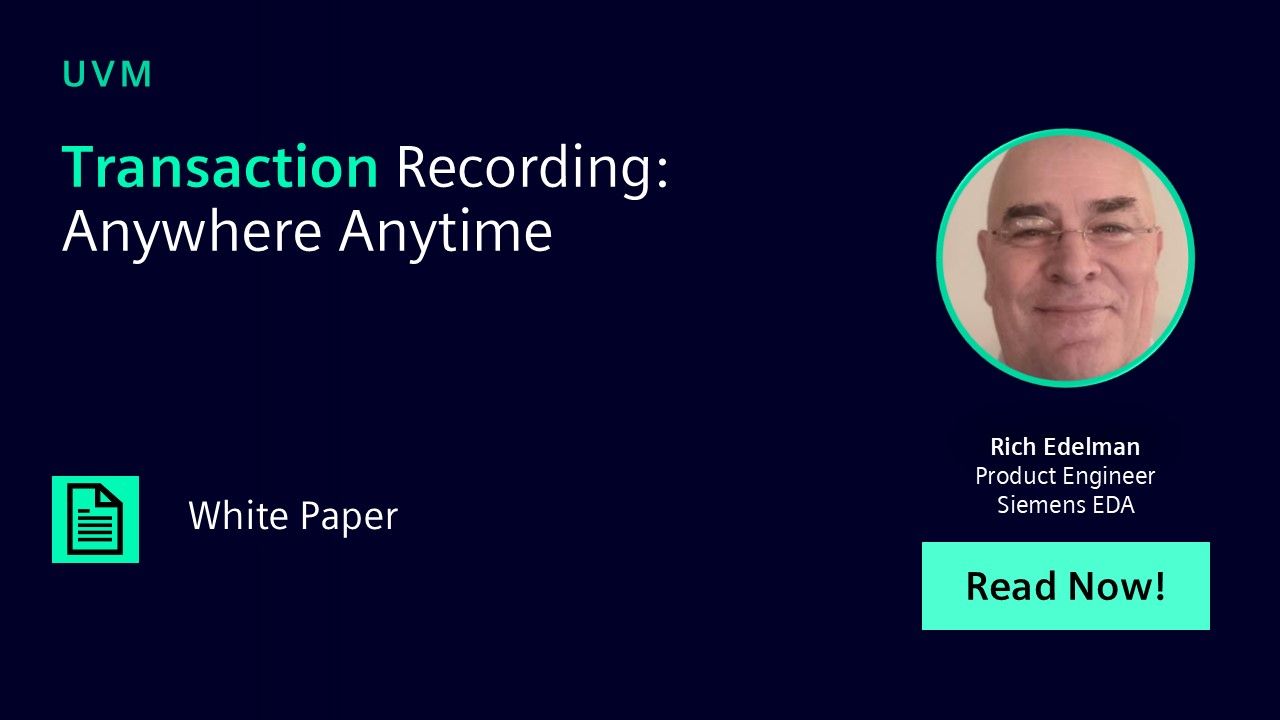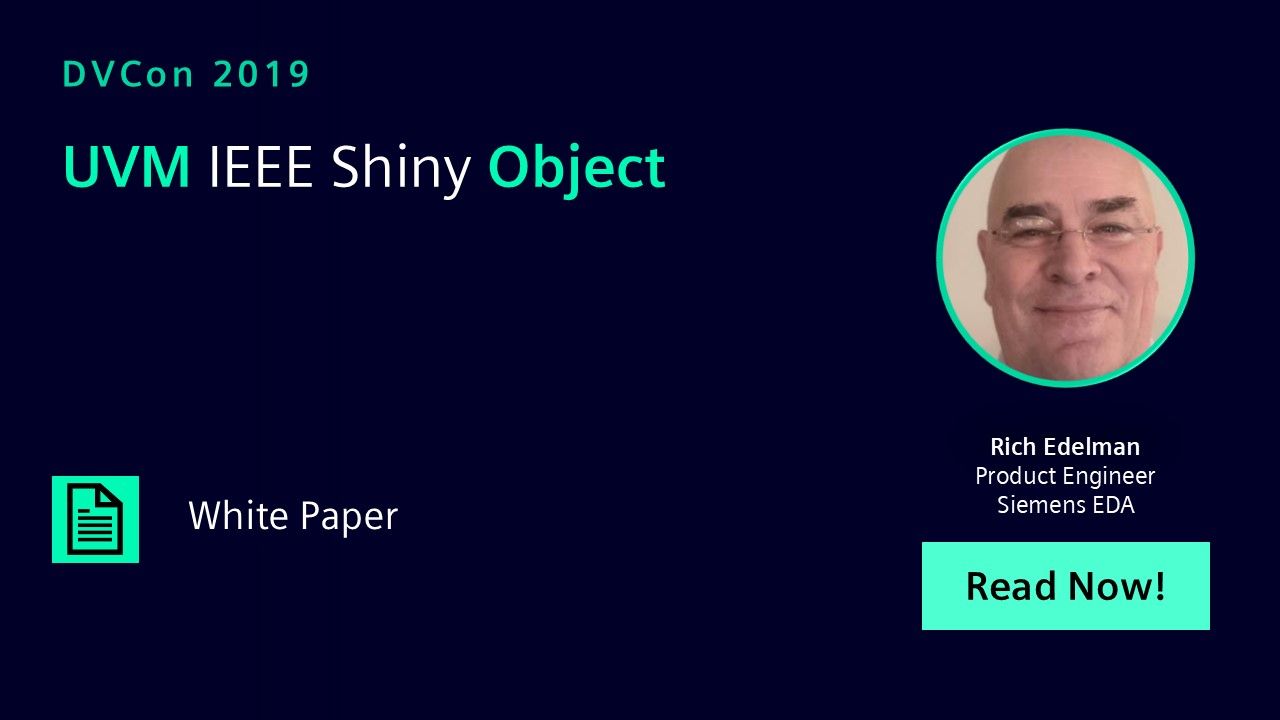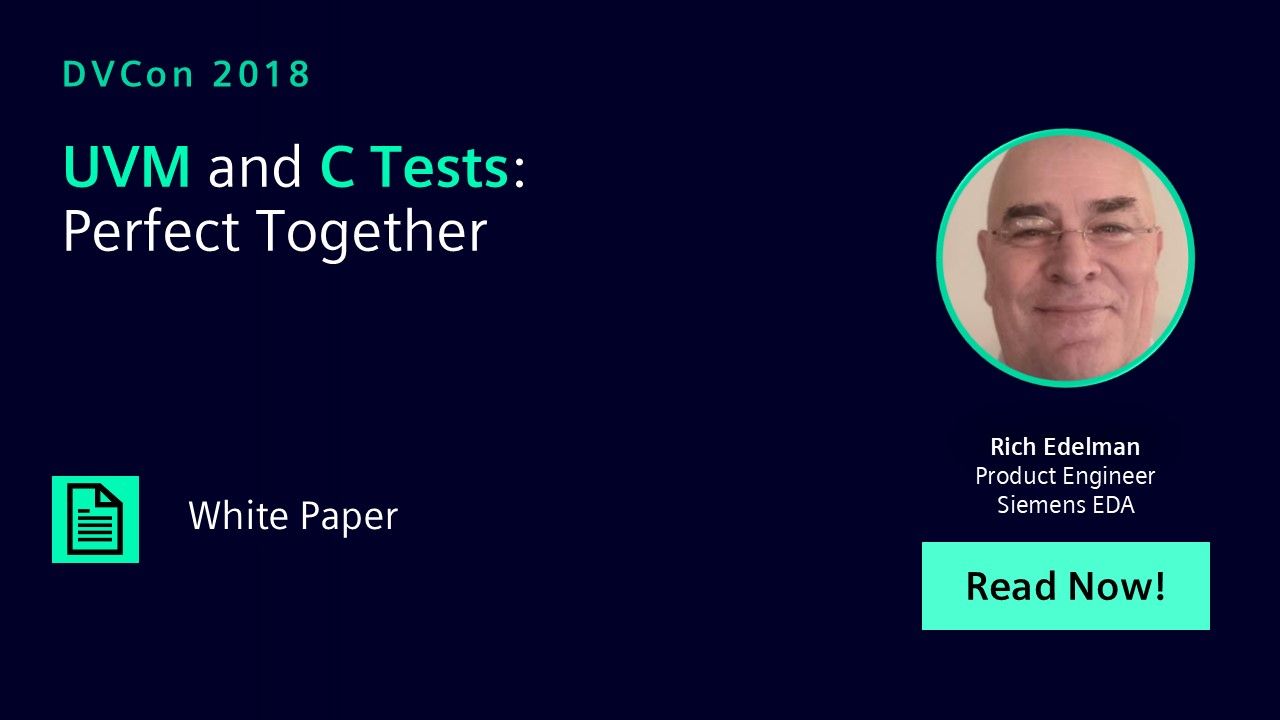Browse all Papers in Siemens Verification Academy
Search Results - 23 results
Filters
March 2022
-
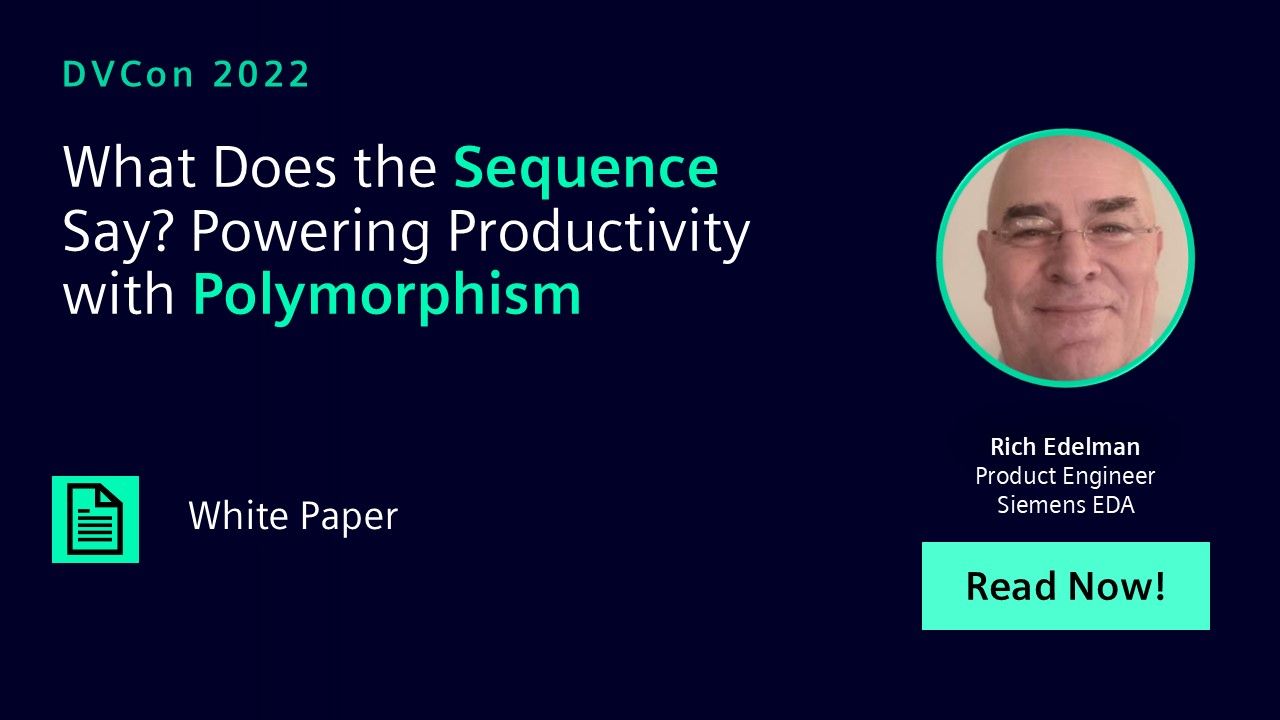
What Does the Sequence Say? Powering Productivity with Polymorphism
UVM - Universal Verification Methodology Mar 23, 2022 Paper -
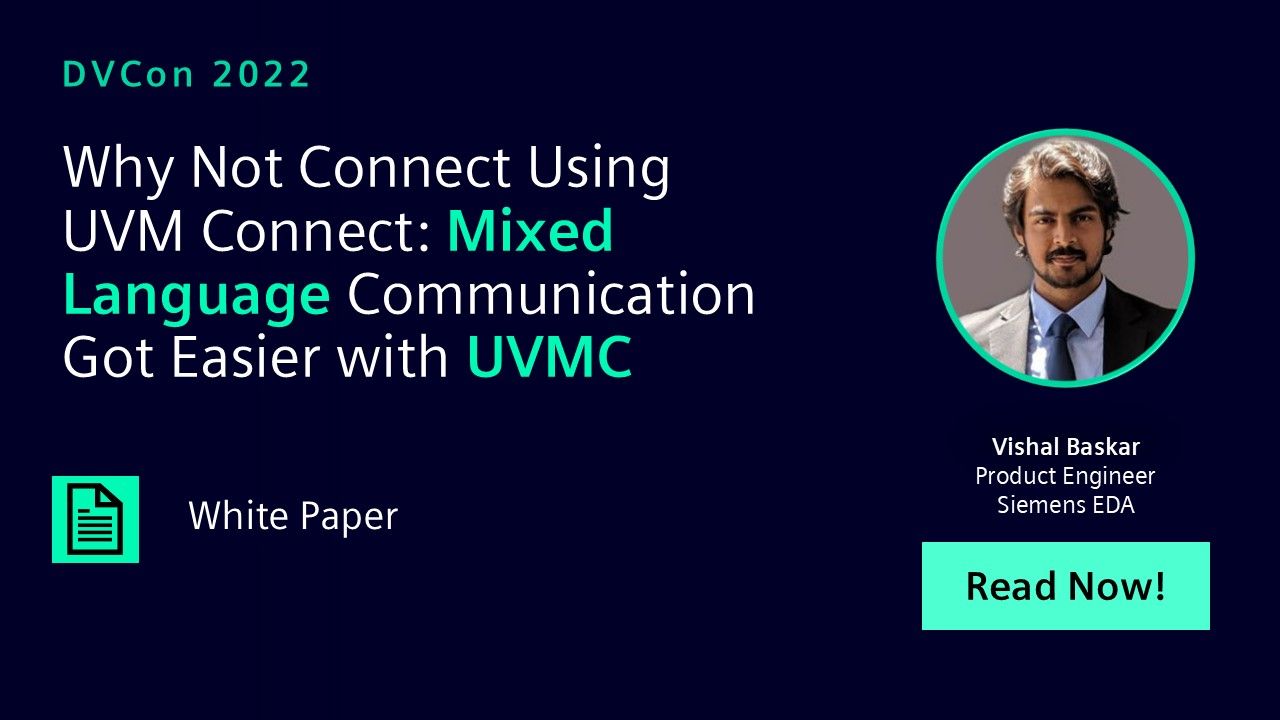
Why Not Connect Using UVM Connect: Mixed Language Communication Got Easier with UVMC
UVMC Mar 23, 2022 Paper
August 2019
February 2019
February 2018
March 2017
-

Free Yourself from the Tyranny of Power State Tables with Incrementally Refinable UPF
Low Power Mar 20, 2017 Paper -
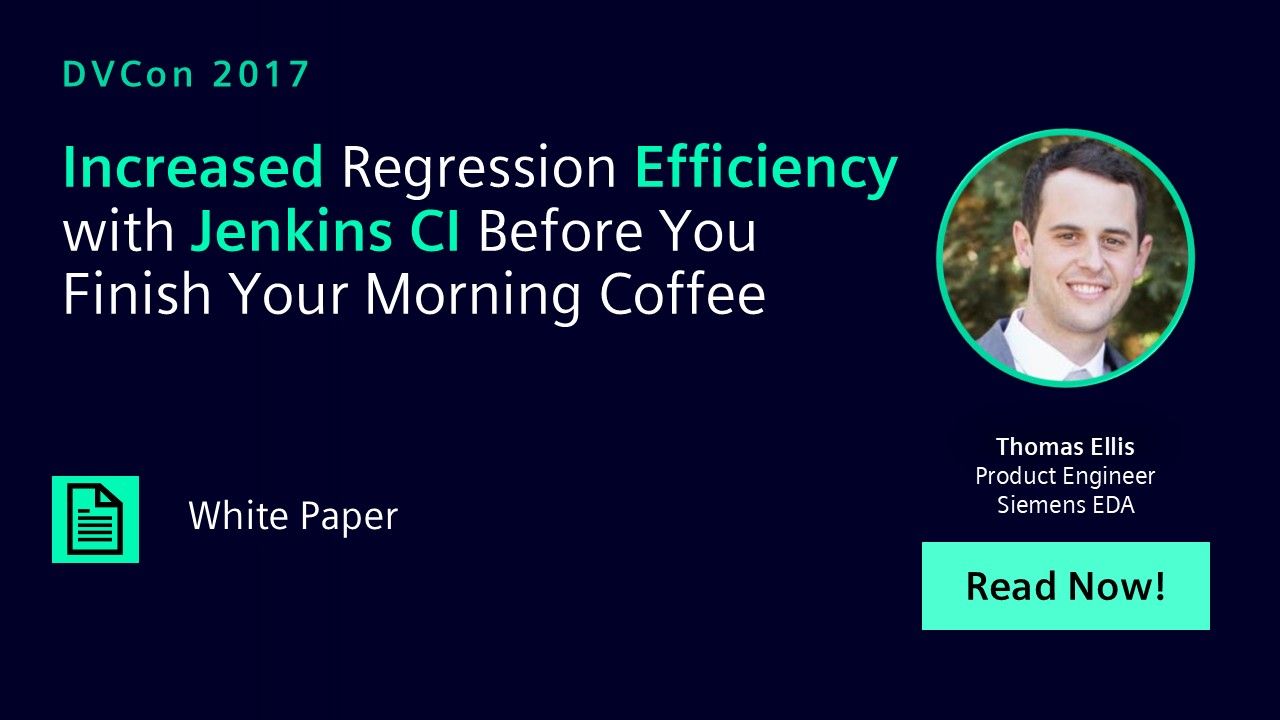
Increased Regression Efficiency with Jenkins Continuous Integration Before You Finish Your Morning Coffee
Verification Management Mar 13, 2017 Paper
March 2016
-
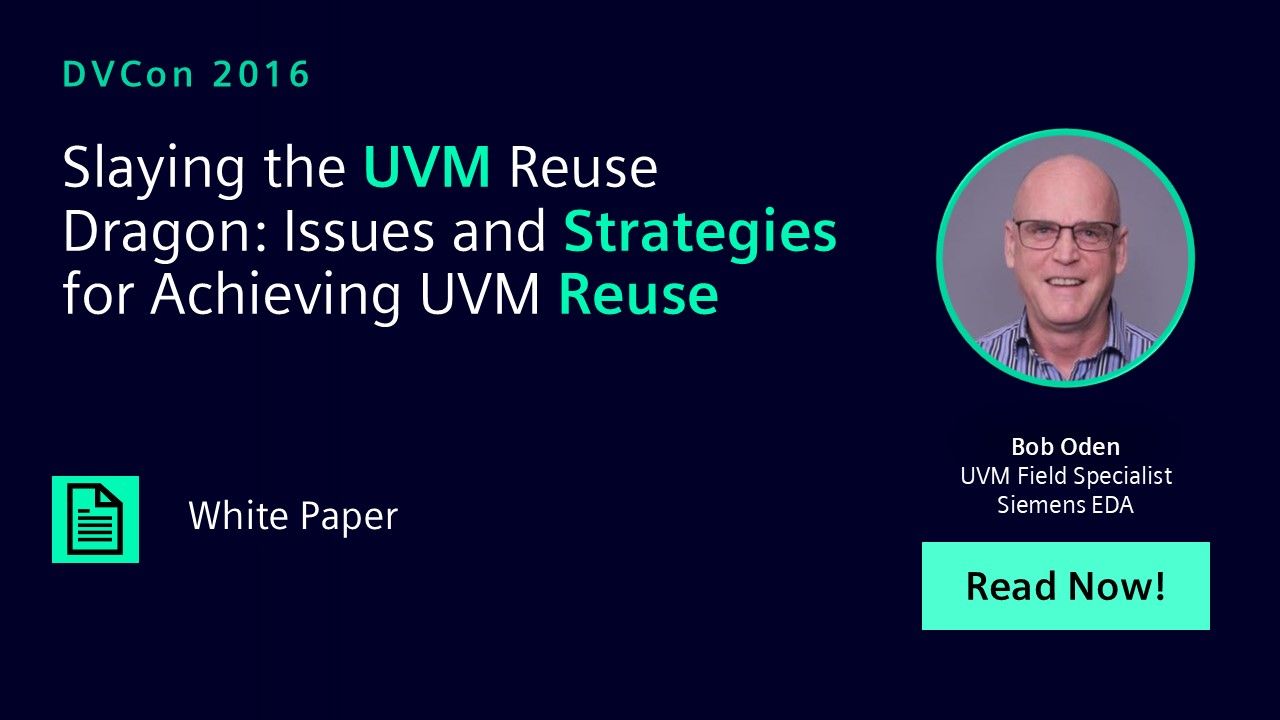
Slaying the UVM Reuse Dragon: Issues and Strategies for Achieving UVM Reuse
UVM Framework Mar 01, 2016 Paper
February 2016
-
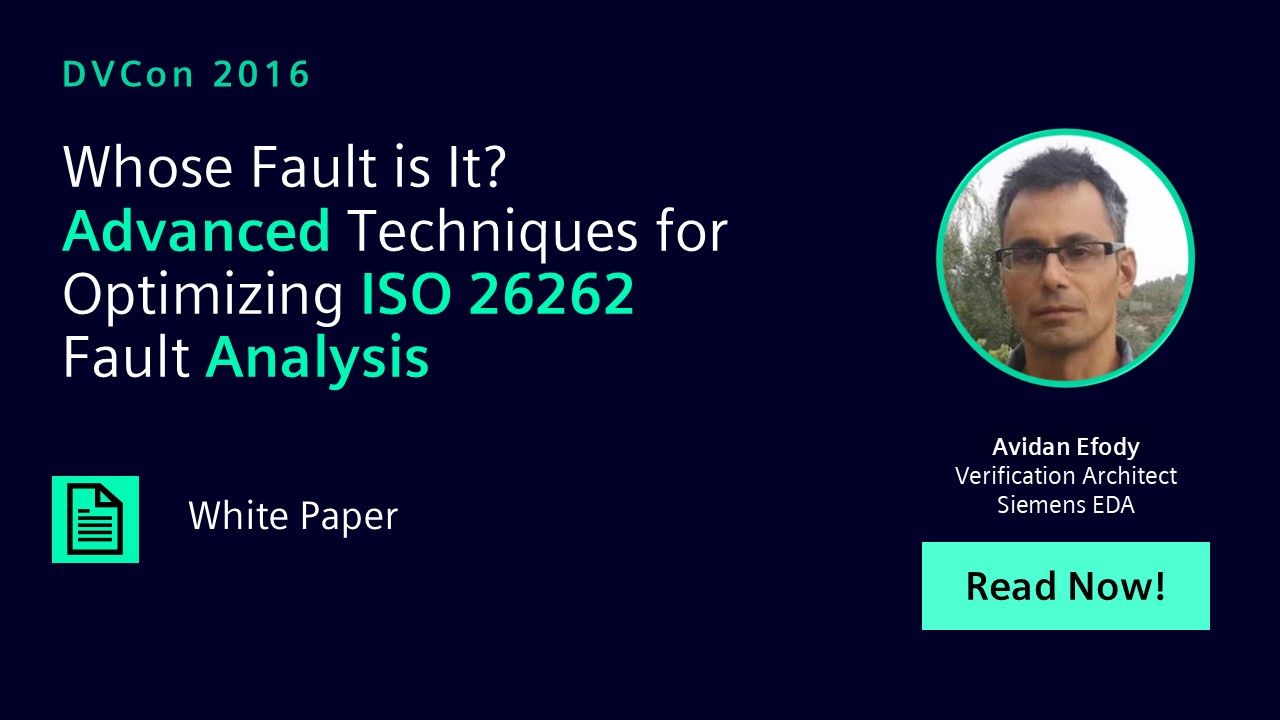
Whose Fault is It? Advanced Techniques for Optimizing ISO 26262 Fault Analysis
Functional Safety Feb 28, 2016 Paper
March 2015
-

-
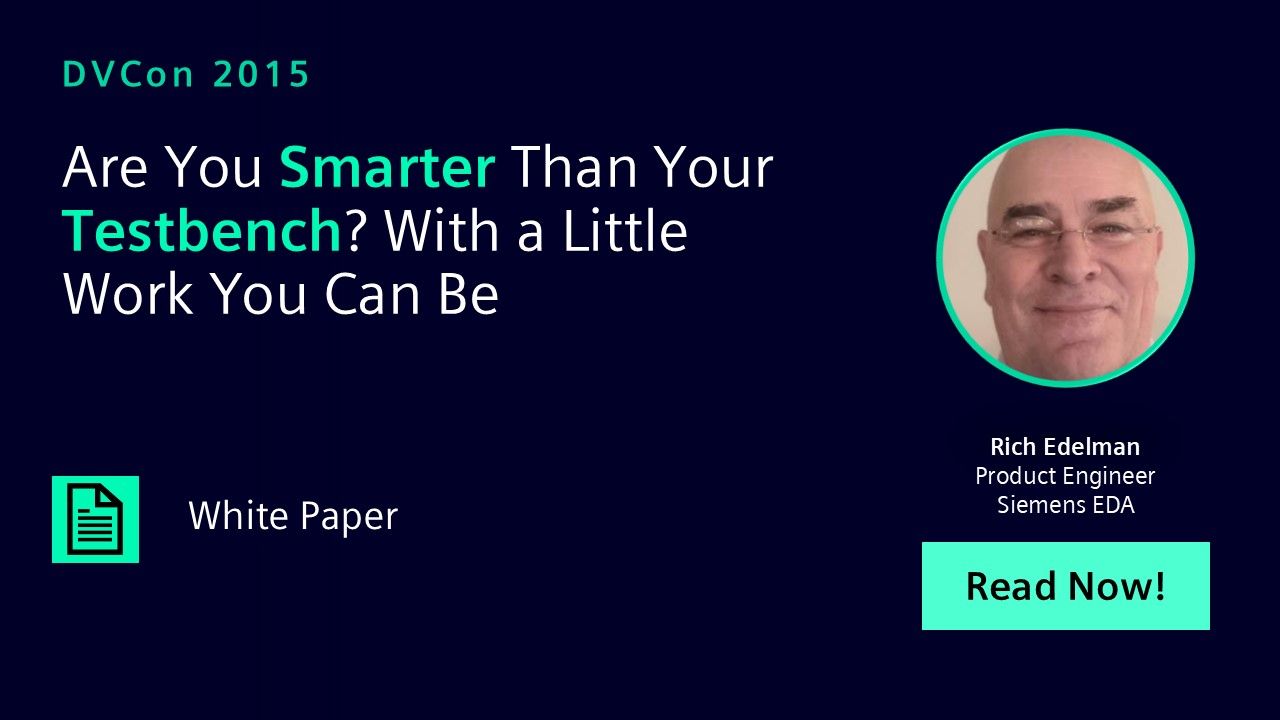
Are You Smarter Than Your Testbench? With a Little Work You Can Be
UVM - Universal Verification Methodology Mar 03, 2015 Paper -
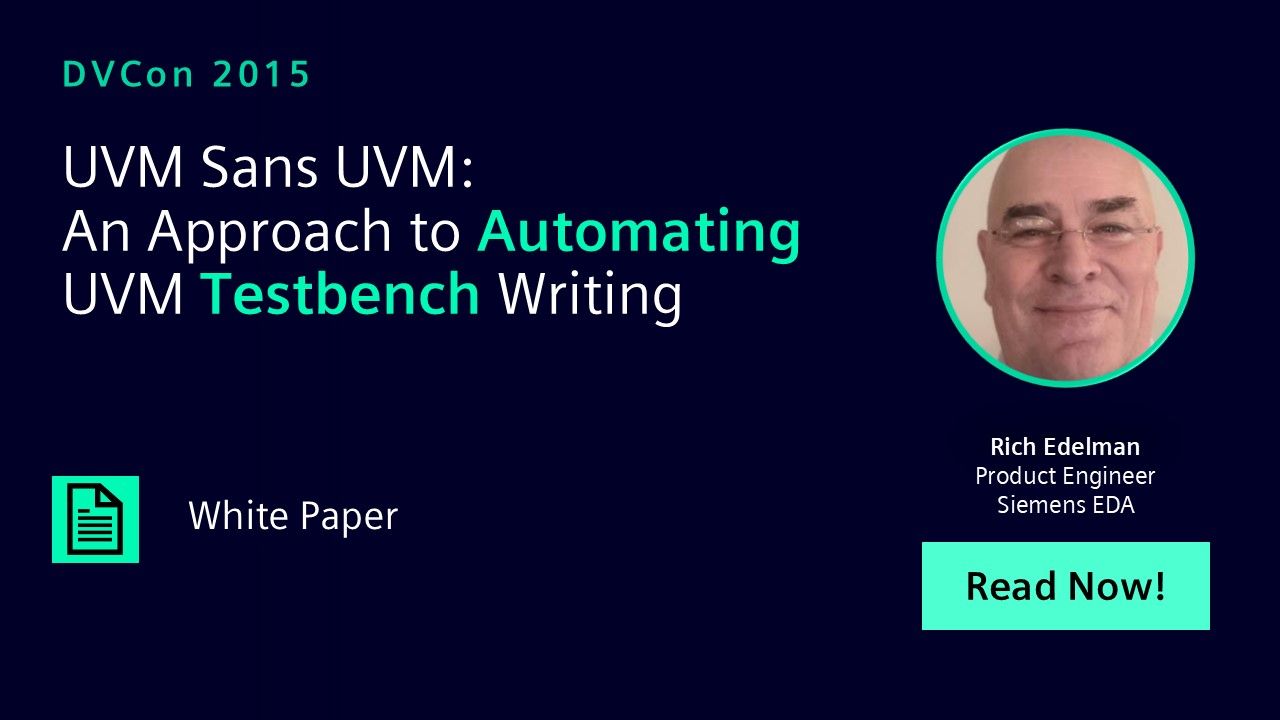
UVM Sans UVM: An Approach to Automating UVM Testbench Writing
UVM - Universal Verification Methodology Mar 02, 2015 Paper
March 2014
-

Are You Really Confident That You Are Getting the Very Best From Your Verification Resources?
Verification Management Mar 06, 2014 Paper -
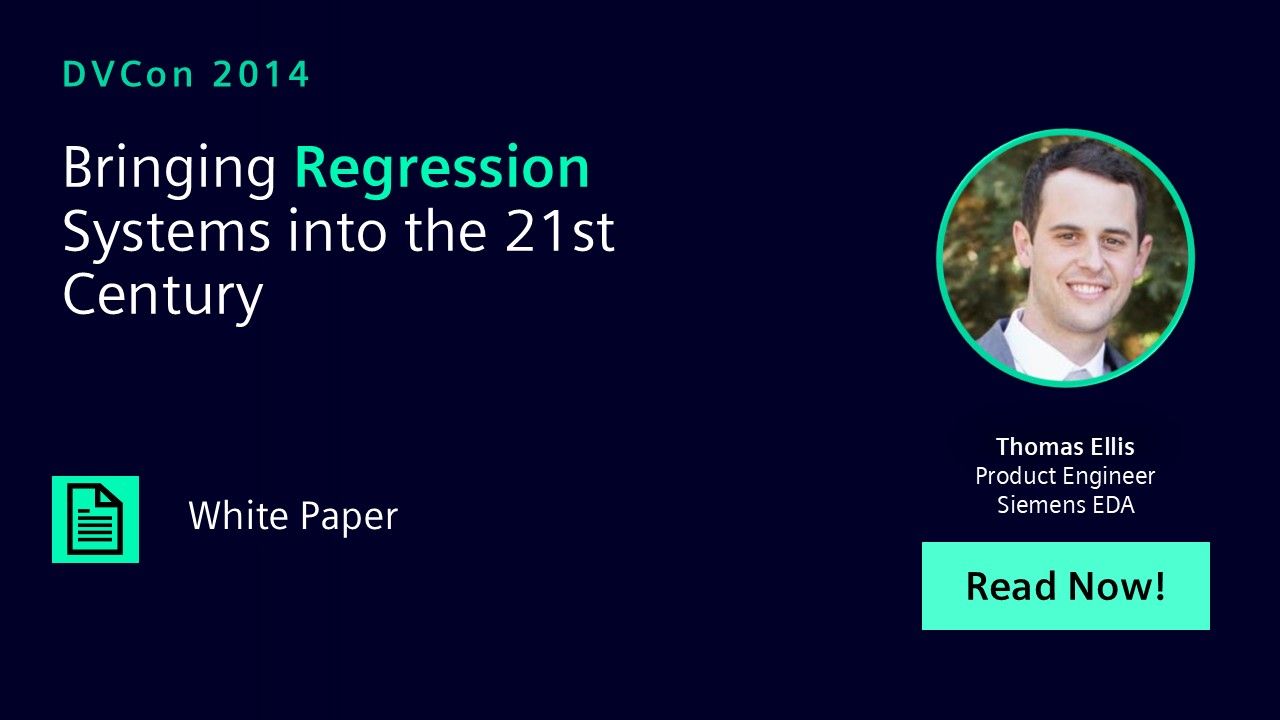
February 2013
-
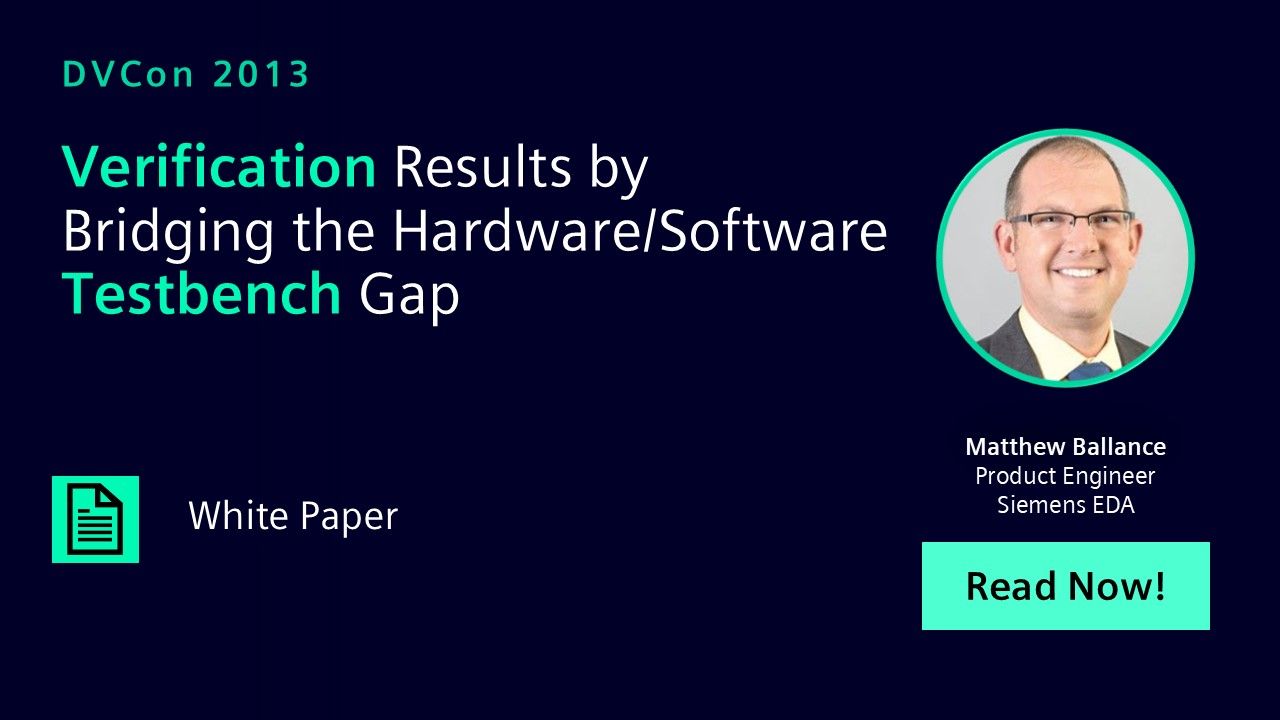
Boost Verification Results by Bridging the Hardware/Software Testbench Gap
UVM - Universal Verification Methodology Feb 27, 2013 Paper -
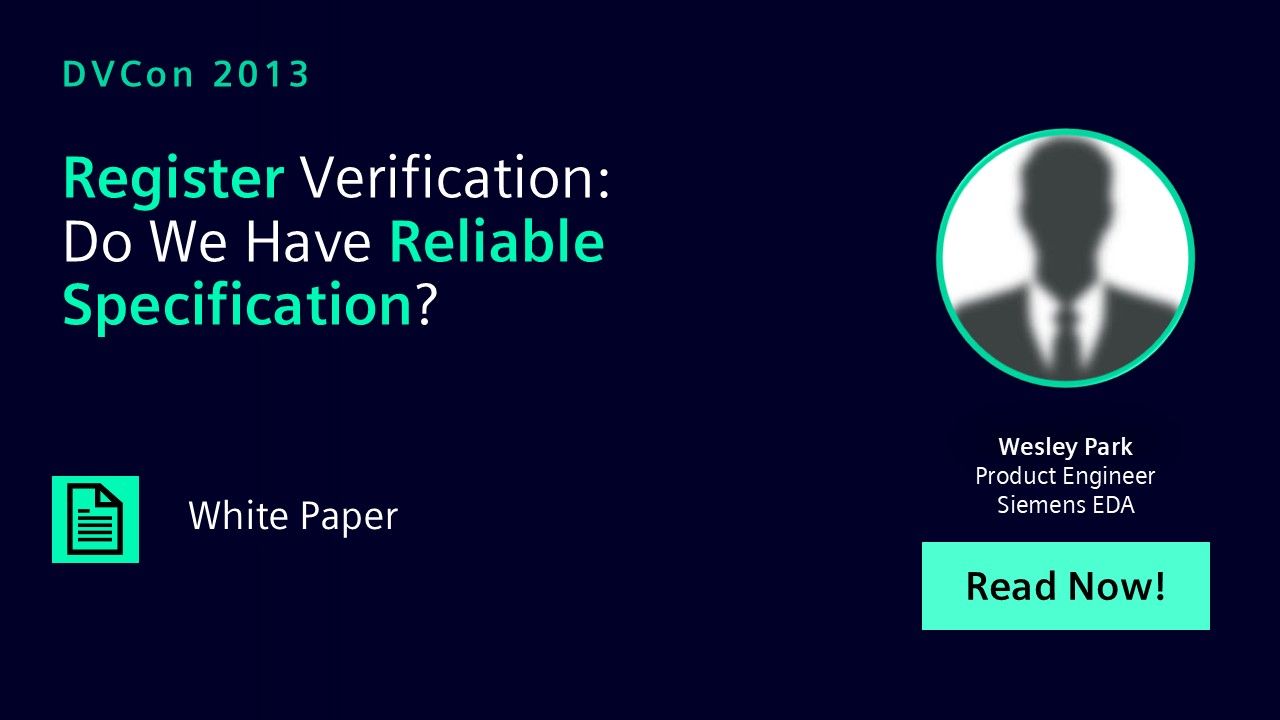
-
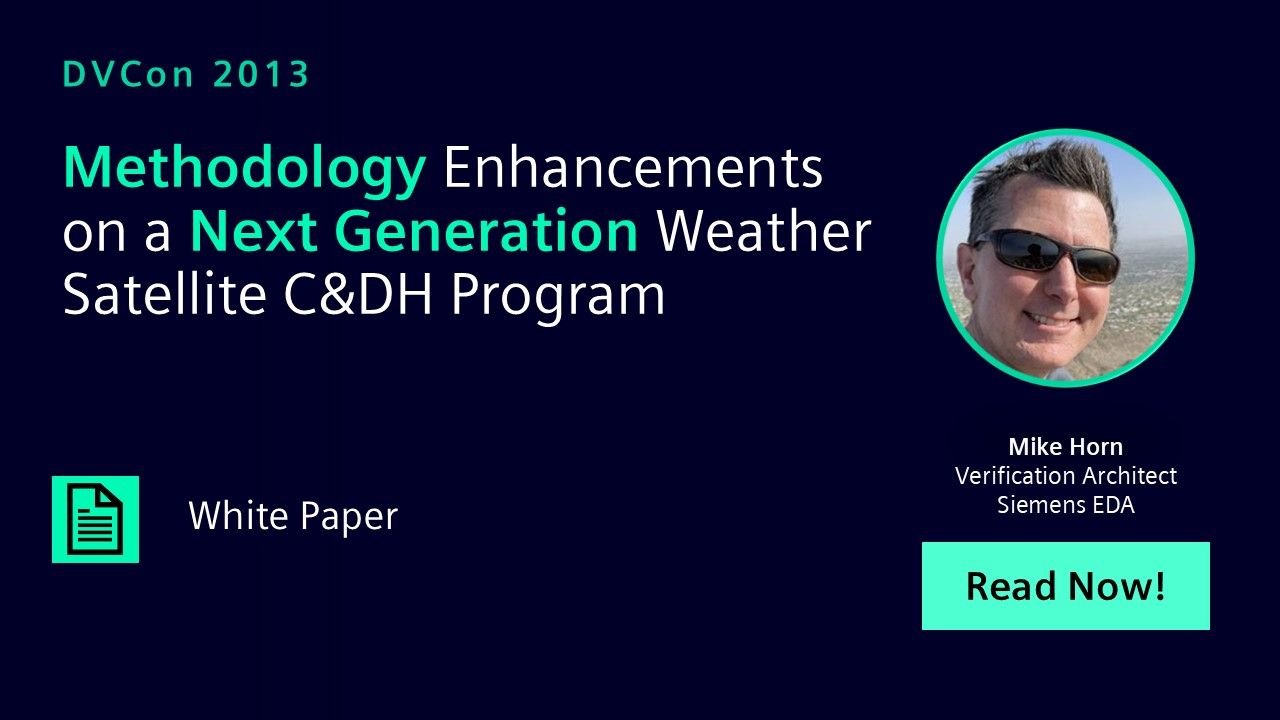
Methodology Enhancements used on a Next Generation Weather Satellite C&DH Program
UVM - Universal Verification Methodology Feb 27, 2013 Paper -
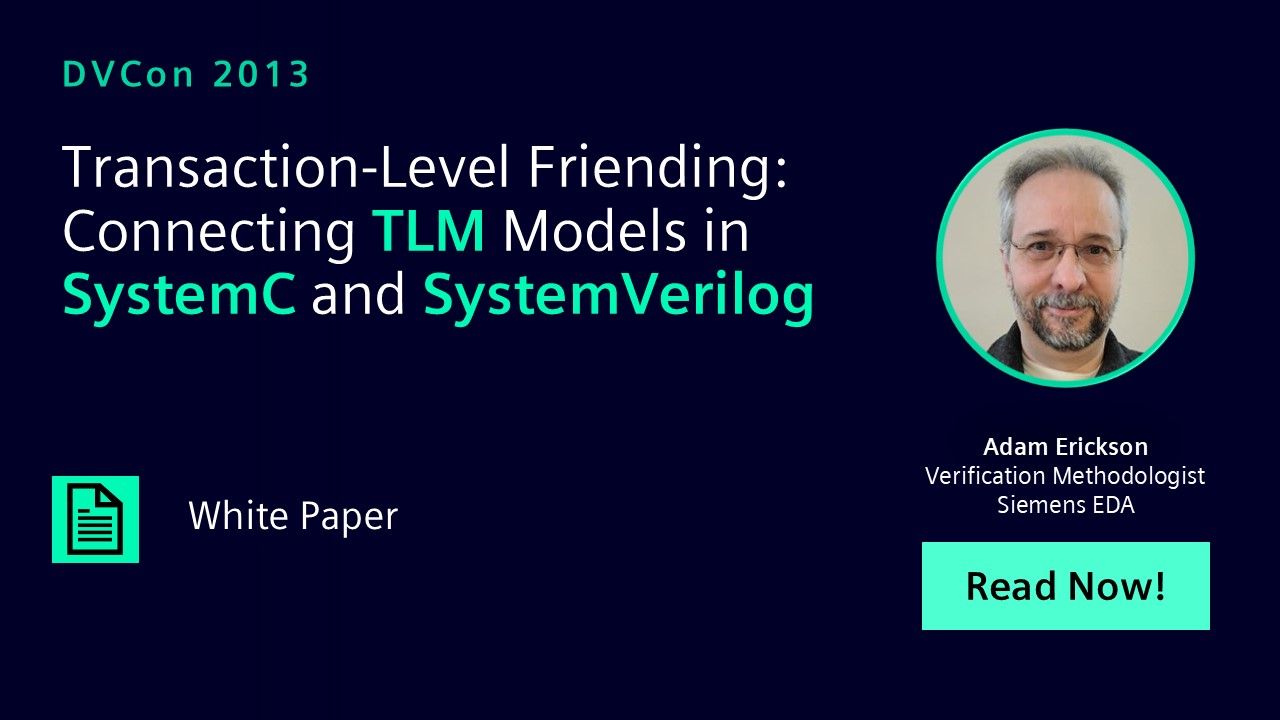
Transaction-Level Friending: Connecting TLM Models in SystemC and SystemVerilog
UVMC Feb 27, 2013 Paper -
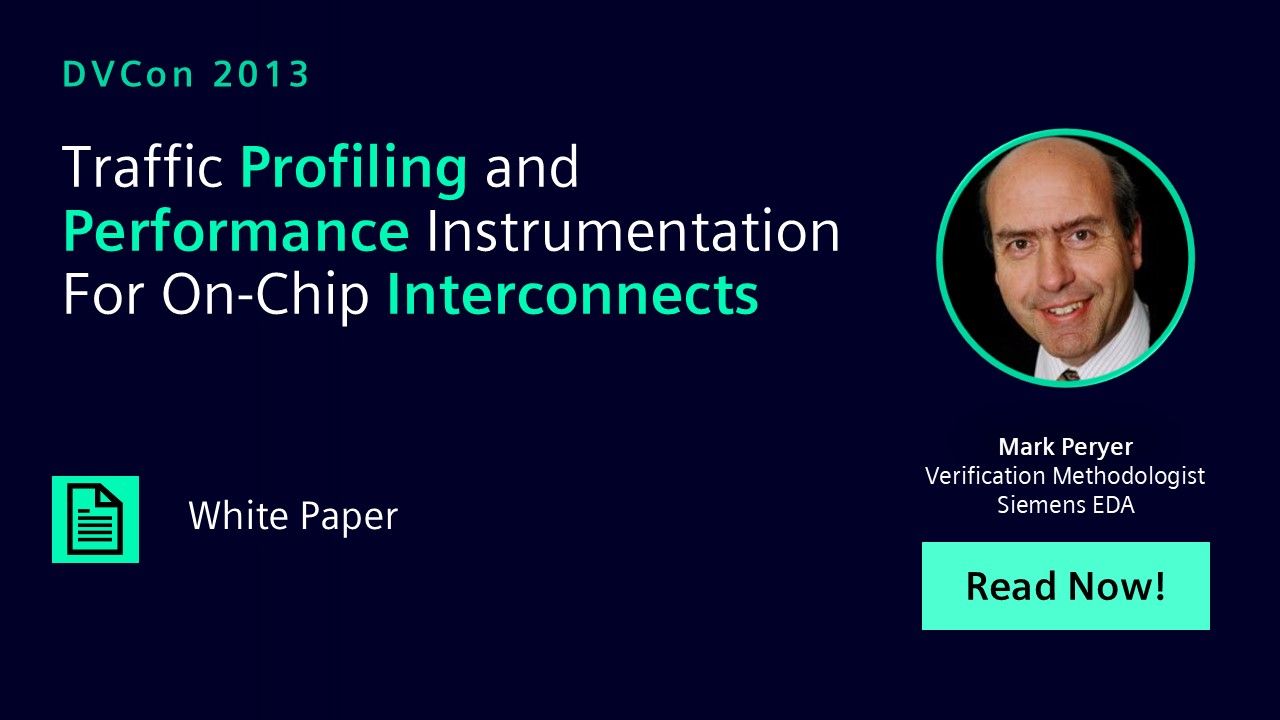
Traffic Profiling and Performance Instrumentation For On-Chip Interconnects
Verification IP Feb 26, 2013 Paper -
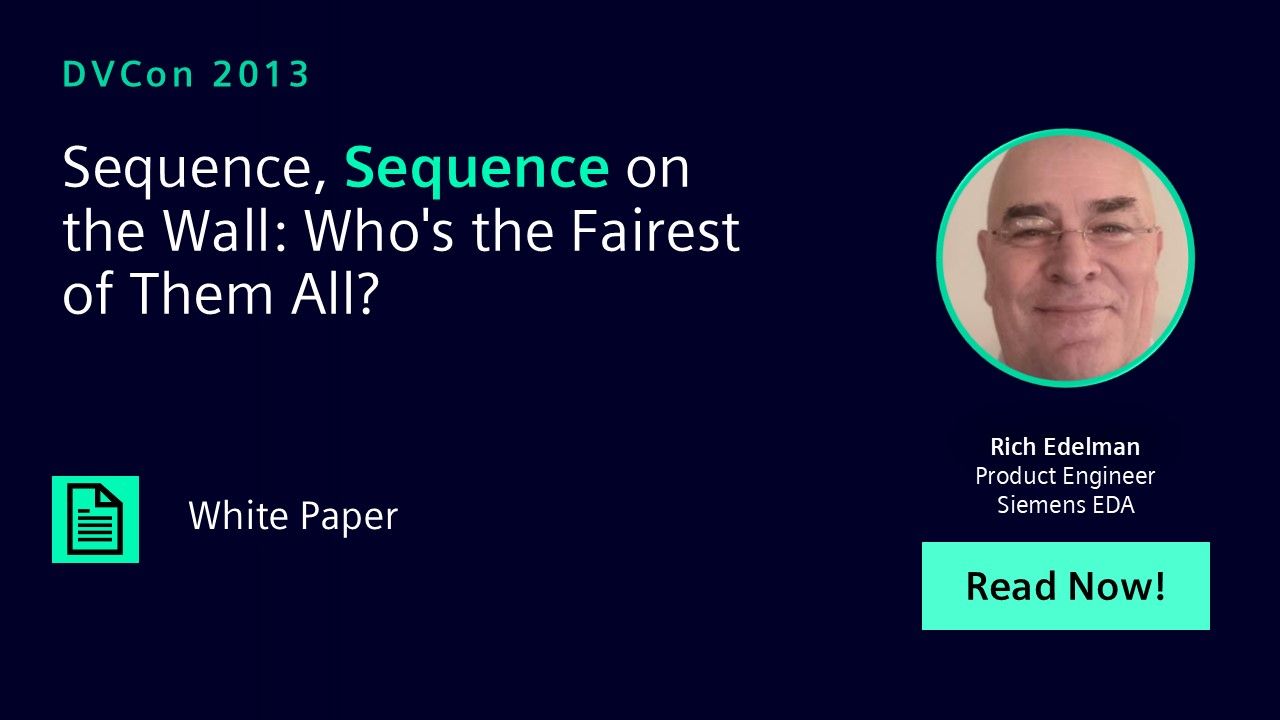
Sequence, Sequence on the Wall: Who's the Fairest of Them All?
UVM - Universal Verification Methodology Feb 26, 2013 Paper -
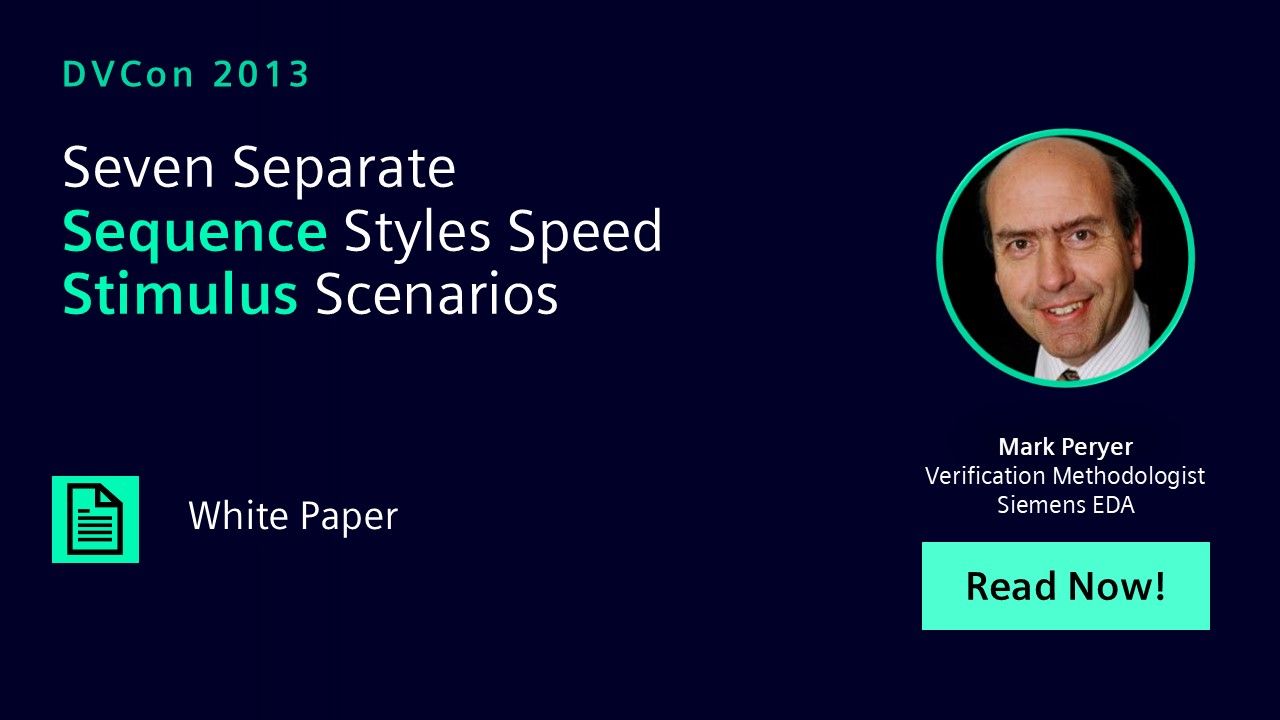
Seven Separate Sequence Styles Speed Stimulus Scenarios
UVM - Universal Verification Methodology Feb 26, 2013 Paper -
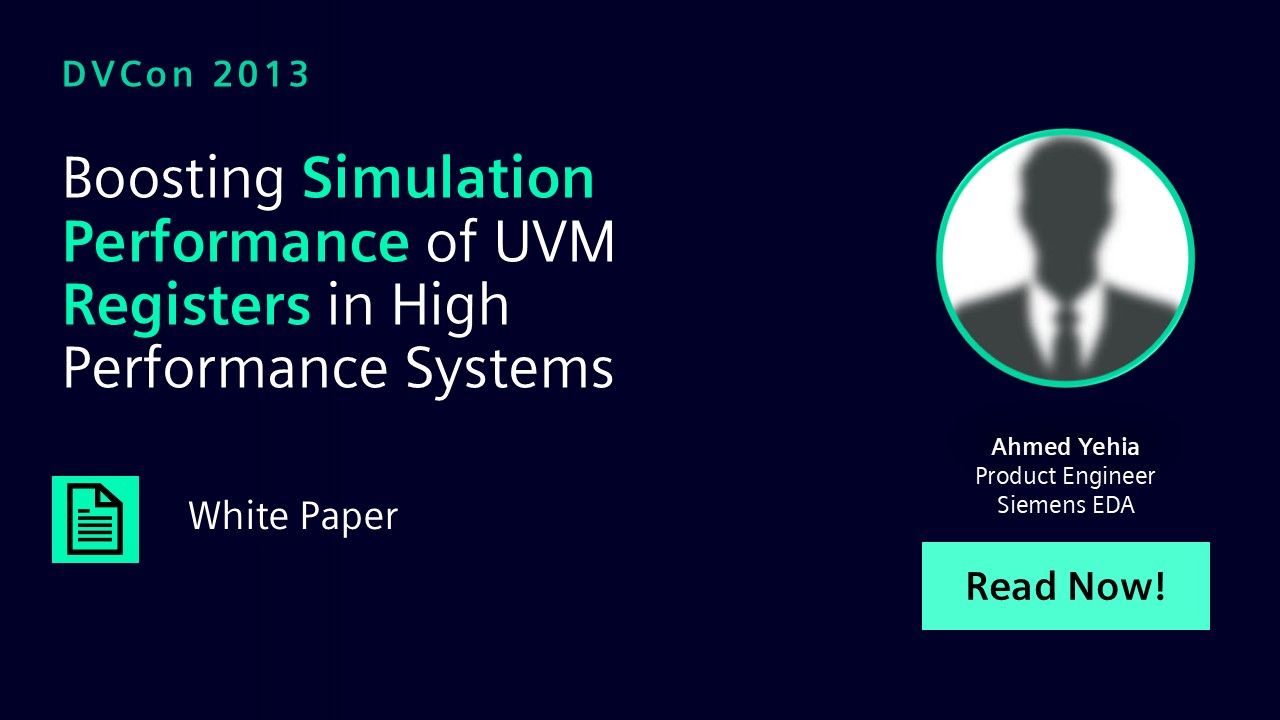
Boosting Simulation Performance of UVM Registers in High Performance Systems
UVM - Universal Verification Methodology Feb 26, 2013 Paper -
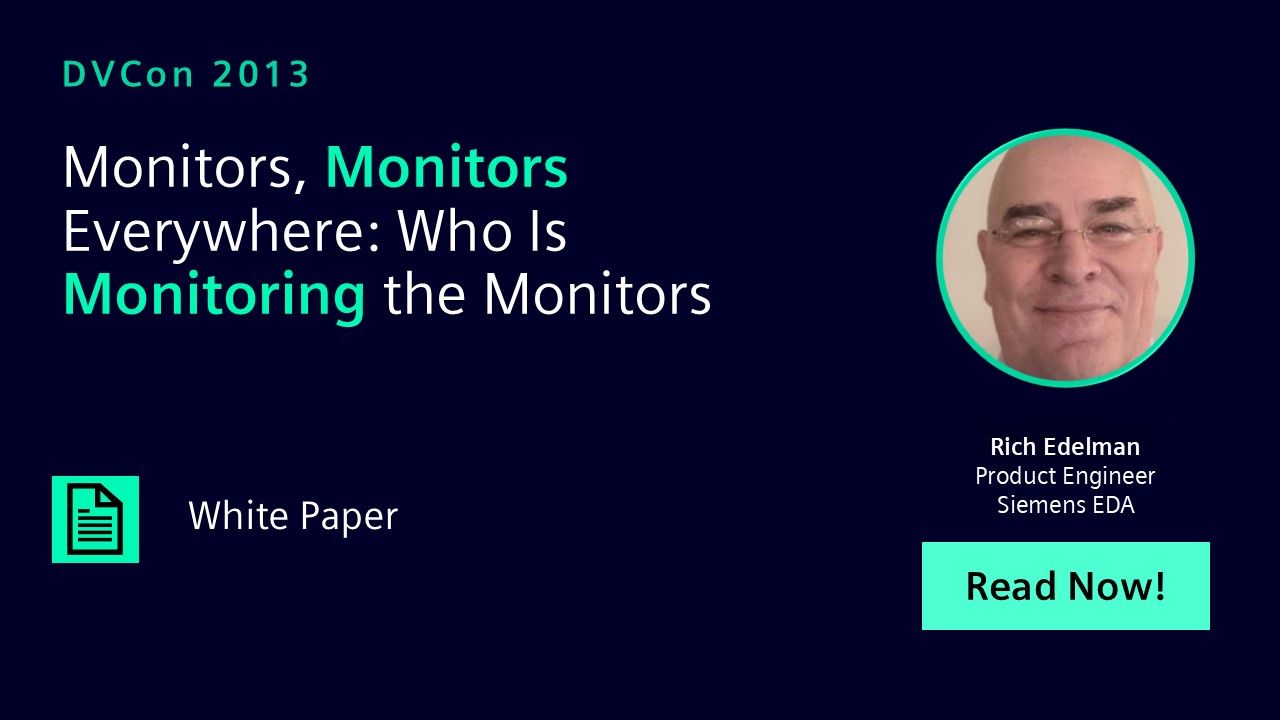
Monitors, Monitors Everywhere: Who Is Monitoring the Monitors
UVM - Universal Verification Methodology Feb 26, 2013 Paper
